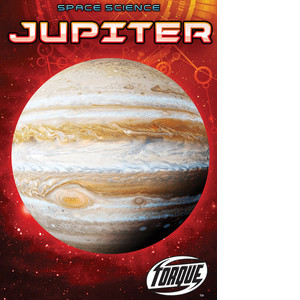Jupiter is the biggest planet in the solar system! This gas giant is also one of the most fascinating. From its famous Great Red Spot to its dozens of moons, Jupiter holds several mysteries… More →
Aeronautics, Astronautics & Space Science
61 records found. Displaying 13 - 24.
In 2006, Pluto was reclassified as a dwarf planet. Small, rocky dwarf planets make their home on the outer edges of the solar system. Scientists use telescopes to study Pluto and the dwarf… More →























